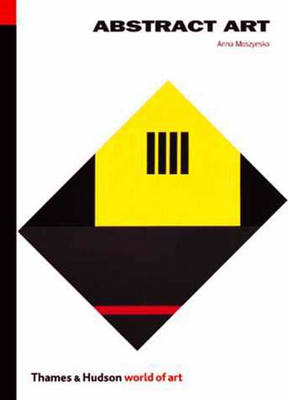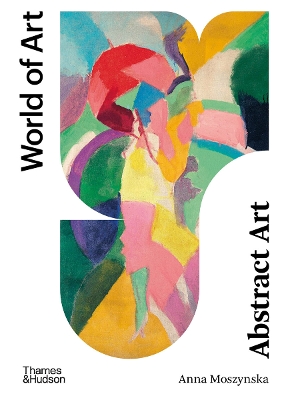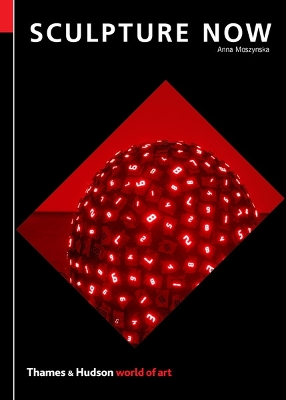World of Art
3 total works
Anna Moszynska shows here how abstract art originated and evolved, placing it in its broad historical and cultural context.
She traces the paths to abstraction forged by artists such as Balla, Kupka and Delaunay, and examines the pioneering work of Kandinsky, Malevich and Mondrian, the Russian Constructivists, the De Stijl group and the Bauhaus artists, and contrasts the geometric tendencies of the 1930s and 1940s with the post-War emphasis on personal expression that culminated in Abstract Expressionism in the United States.
Finally, Anna Moszynska considers the work of ‘Post-Painterly’, Op, Kinetic and Minimal artists and examines the revived abstraction practised by Neo-Geo and other artists of the 1980s.
She traces the paths to abstraction forged by artists such as Balla, Kupka and Delaunay, and examines the pioneering work of Kandinsky, Malevich and Mondrian, the Russian Constructivists, the De Stijl group and the Bauhaus artists, and contrasts the geometric tendencies of the 1930s and 1940s with the post-War emphasis on personal expression that culminated in Abstract Expressionism in the United States.
Finally, Anna Moszynska considers the work of ‘Post-Painterly’, Op, Kinetic and Minimal artists and examines the revived abstraction practised by Neo-Geo and other artists of the 1980s.
Since the early years of the 20th century, Western abstract art has fascinated, outraged and bewildered audiences. Its path to acceptance within the artistic mainstream was slow. Anna Moszynska traces the origins and evolution of abstract art, placing it in broad cultural context. She examines the pioneering work of Kandinsky, Malevich and Mondrian alongside the Russian Constructivists, the De Stijl group and the Bauhaus artists, contrasting European geometric abstraction in the 1930s and 40s with the emphasis on personal expression after the Second World War. Op, Kinetic and Minimal art of the postwar period is discussed and illustrated in detail, and new chapters bring the account up to date, exploring the crisis in abstraction of the 1980s and its revival – in paint, fabric, sculpture and installation – in recent decades. The first edition of this book, published in 1990, was acclaimed by reviewers; now in full colour and comprehensively revised, it will serve as the best introduction to abstract art for a new generation.
This new book in the World of Art series surveys the dynamic developments in sculptural practice worldwide since the mid-1990s, outlining major trends and identifying important and vibrant artists who are forging new paths and setting the contemporary agenda. It explores such key topics as the use of the body in sculpture, the appropriation of everyday ephemera, the use of light and sound as technological elements, nature and ecology as dominant and pressing issues, the inter-relationship of sculpture with design and other evolving fields of contemporary art, and the huge impact of installation. Established artists such as Damien Hirst, Jeff Koons, Mariko Mori, Ai Weiwei and Rachel Whiteread are featured alongside an international cross-section of promising new talent, including Polly Morgan, Patricia Piccinini, Sopheap Pich and Anselm Reyle. With over 200 photographs displaying a huge range of sculptural works, both in the gallery and on-site, Sculpture Now offers an authoritative and highly readable look at one of the most exciting arenas of contemporary artistic practice.


